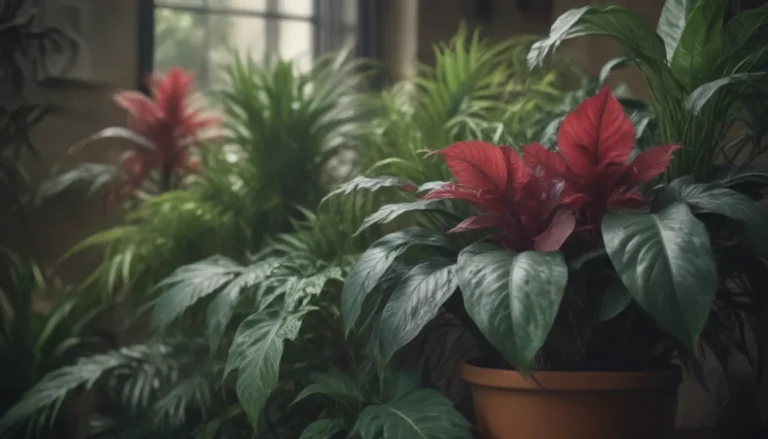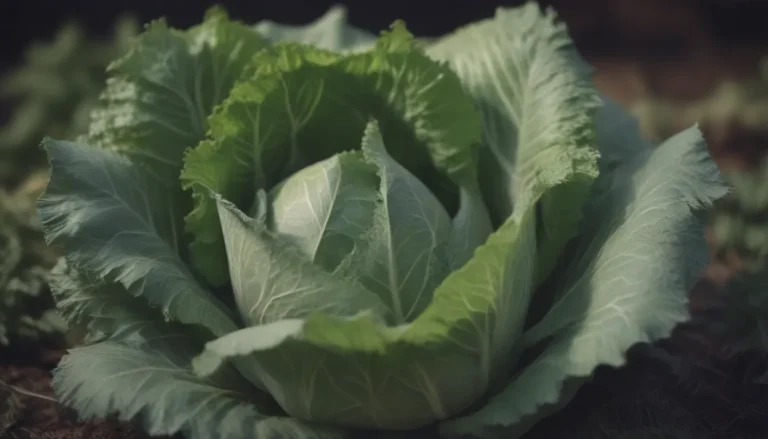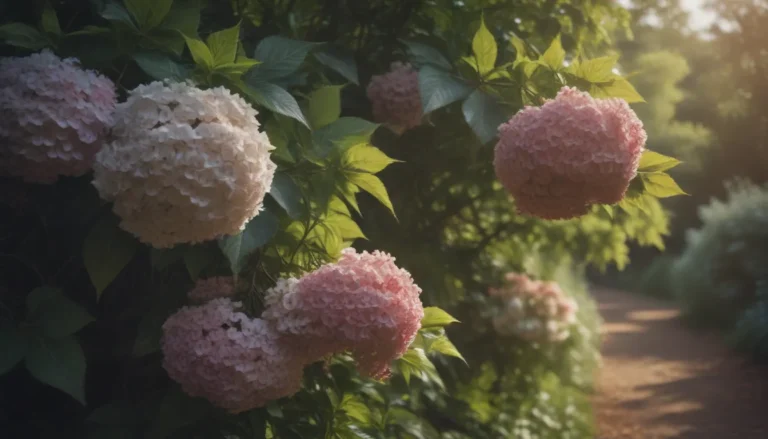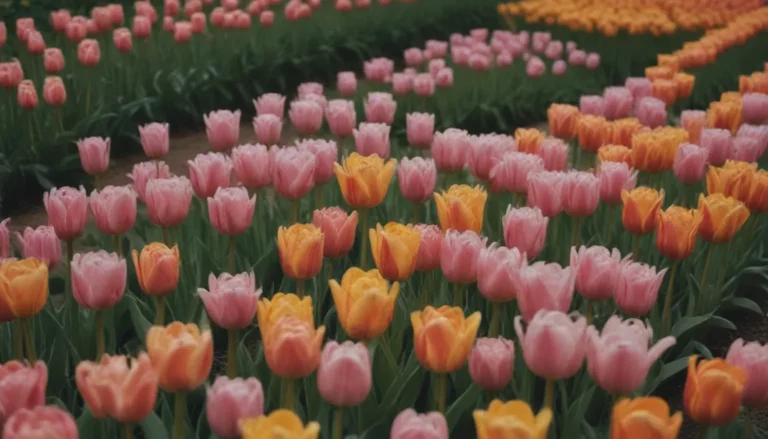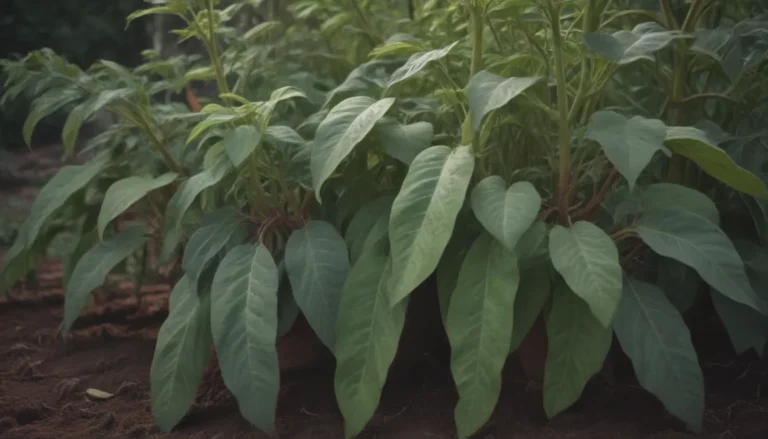The Ultimate Guide to Houseplants That Will Thrive in Your Kitchen
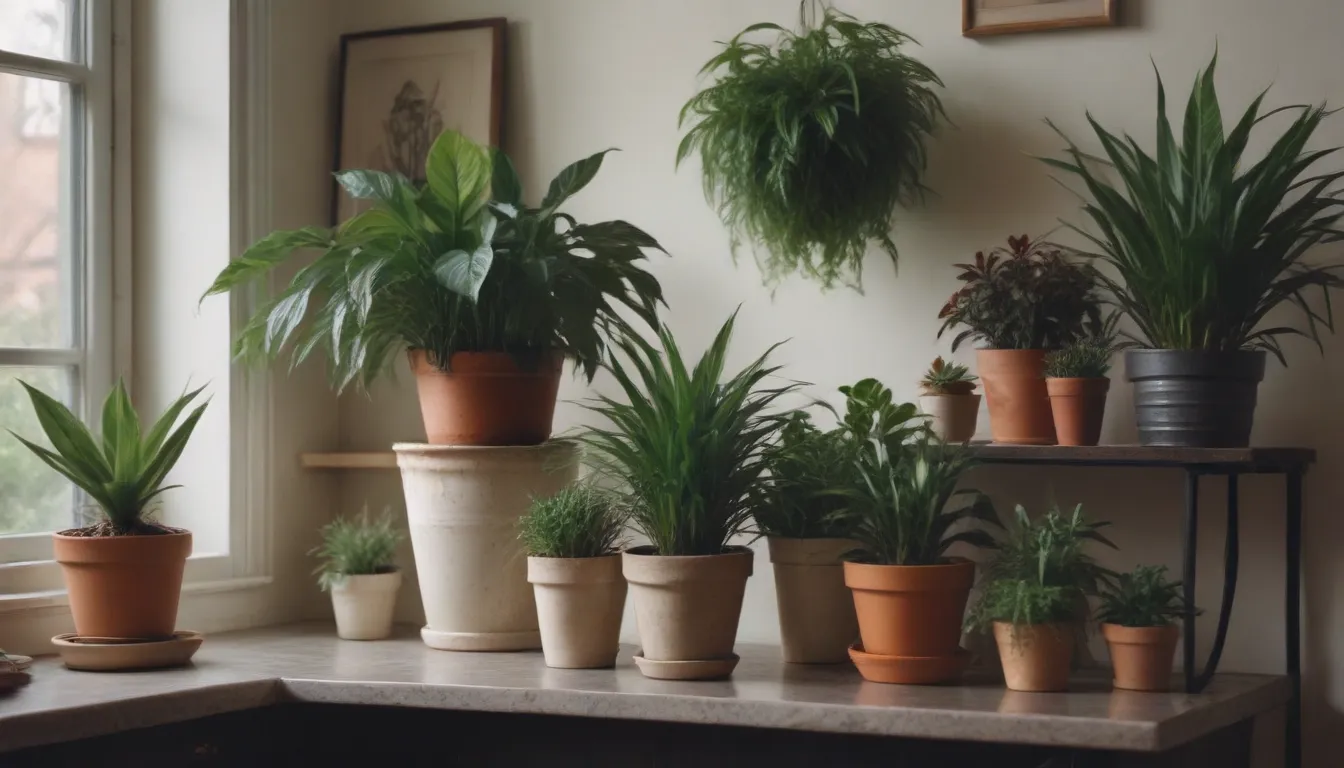
Are you looking to add some greenery to your kitchen space? Not only do houseplants freshen up the atmosphere, but they also have practical benefits like purifying the air and providing fresh produce. However, not all plants can thrive in every kitchen due to varying light, humidity, and temperature conditions. But fear not, as we have curated a list of 10 popular houseplants that are perfect for the kitchen environment.
Why Houseplants in the Kitchen?
Before we delve into the specifics of each plant, let’s understand why having houseplants in the kitchen is a great idea. Here are some benefits of adding greenery to your cooking space:
- Air Purification: Houseplants can help remove toxins from the air, creating a cleaner and healthier environment for cooking and dining.
- Aesthetic Appeal: Plants add a touch of nature to the kitchen and can brighten up the space with their colors and textures.
- Fresh Herbs: Growing herbs indoors allows you to have access to fresh, organic herbs year-round, enhancing the flavor of your dishes.
1. Pothos
Pothos (Epipremnum aureum) is an excellent choice for beginners as it is one of the easiest houseplants to care for. It can adapt to various light conditions and is relatively drought-tolerant. Pothos makes a great hanging plant, saving valuable counter space in your kitchen. Just be cautious as it is toxic to animals and humans.
Color Varieties:
– Green, Variegated
Sun Exposure:
– Low to Bright Indirect Light
Soil Needs:
– Well-Draining Soil
2. Philodendron
Another low-maintenance plant, Philodendron (Philodendron spp.) looks stunning in hanging baskets. Like pothos, it is drought-tolerant and thrives in bright to medium indirect light. With a wide range of shapes and colors, philodendrons are great air purifiers but toxic to humans and animals.
Color Varieties:
– Green, Variegated
Sun Exposure:
– Bright to Medium Indirect Light
Soil Needs:
– Moist, Well-Draining Soil
3. Herbs
Growing herbs in the kitchen is not only practical but also adds a fresh and flavorful touch to your cooking. Popular herbs like chives, parsley, mint, thyme, and basil require bright, direct sunlight or grow lights to thrive indoors. Having a small herb garden in your kitchen can elevate your culinary experience.
Easy Herb Varieties:
– Chives, Parsley, Mint, Thyme, Rosemary, Basil, Oregano, Cilantro
Sun Exposure:
– Bright, Direct Sunlight or Grow Lights
Soil Needs:
– Well-Draining Soil
4. Succulents
If you have a sunny windowsill in your kitchen, consider adding succulents to your plant collection. Succulents are known for their water-storing capabilities, making them low-maintenance and drought-resistant. With hundreds of varieties to choose from, succulents like echeveria, aloe vera, and kalanchoe can add a touch of green to your kitchen space.
Popular Succulent Species:
– Echeveria, Aloe Vera, Kalanchoe
Sun Exposure:
– Bright, Direct Sunlight
Soil Needs:
– Sandy, Well-Draining Soil
5. Spider Plant
Spider plants (Chlorophytum comosum) are perfect for beginners due to their easy care requirements. These hanging plants produce offshoots prolifically when happy and prefer indirect light to prevent leaf burn. Spider plants are a great addition to any kitchen looking to add a touch of greenery.
Color Varieties:
– Green, Variegated
Sun Exposure:
– Bright, Indirect Light
Soil Needs:
– Moist, Well-Draining Soil
6. Snake Plant
Known as “mother-in-law’s tongue,” snake plants (Dracaena trifasciata) are popular for their unique shapes and low-maintenance nature. Thriving in bright to low-light conditions, snake plants come in various colors and sizes, making them versatile additions to any kitchen. However, they are toxic to animals.
Color Varieties:
– Green, Variegated
Sun Exposure:
– Bright to Low Light
Soil Needs:
– Well-Draining Soil
7. Rubber Tree
If you’re looking for a statement plant for your kitchen, consider the rubber tree (Ficus elastica). These large plants can adapt to various growing conditions and add a tropical touch to your space. Regular pruning can help control their size, and there are multiple color varieties to choose from to complement your kitchen’s design.
Color Varieties:
– Green, Burgundy
Sun Exposure:
– Bright, Indirect Light
Soil Needs:
– Rich, Well-Draining Soil
8. Coffee Plant
For coffee enthusiasts, the coffee plant (Coffea arabica) is a delightful addition to the kitchen. While indoor plants may not yield coffee beans, their glossy leaves and compact growth habit make them attractive houseplants. Coffee plants require bright, indirect light and regular watering to thrive, providing a touch of caffeine inspiration to your kitchen decor.
Color Varieties:
– Green
Sun Exposure:
– Bright, Indirect Light
Soil Needs:
– Moist, Well-Draining Soil
9. ZZ Plant
The ZZ plant (Zamioculcas zamiifolia) is a low-maintenance option for those seeking a hassle-free plant for their kitchen. Also known as the “zanzibar gem,” these elegant houseplants can thrive in both low-light and bright-light conditions. With minimal watering requirements, ZZ plants are perfect for busy individuals looking to add some greenery to their kitchen space. However, they are toxic to humans and pets.
Color Varieties:
– Green
Sun Exposure:
– Low to Bright Indirect Light
Soil Needs:
– Well-Draining Soil
10. African Violet
For a touch of color and beauty in the kitchen, consider adding African violets (Saintpaulia ionantha) to your plant collection. These compact houseplants bloom year-round in vibrant colors and thrive in bright, indirect light with regular watering. Perfect for adding a pop of color to your kitchen counters or windowsills.
Color Varieties:
– Various Colors
Sun Exposure:
– Bright, Indirect Light
Soil Needs:
– Moist, Well-Draining Soil
In conclusion, incorporating houseplants into your kitchen can enhance the ambiance and provide numerous benefits. Whether you opt for easy-to-care-for plants like pothos and spider plants or statement plants like rubber trees and coffee plants, there is a houseplant suitable for every kitchen environment. Remember to consider your kitchen’s specific conditions, such as light and humidity levels, when selecting the perfect plants to thrive in your space.
So, go ahead and bring some greenery into your kitchen to create a fresh and inviting culinary oasis!
Sources:
– The Spruce
– North Carolina Extension Toolbox
– ASPCA
– Missouri Poison Center
– New York Botanical Garden
– Iowa State University Extension and Outreach
